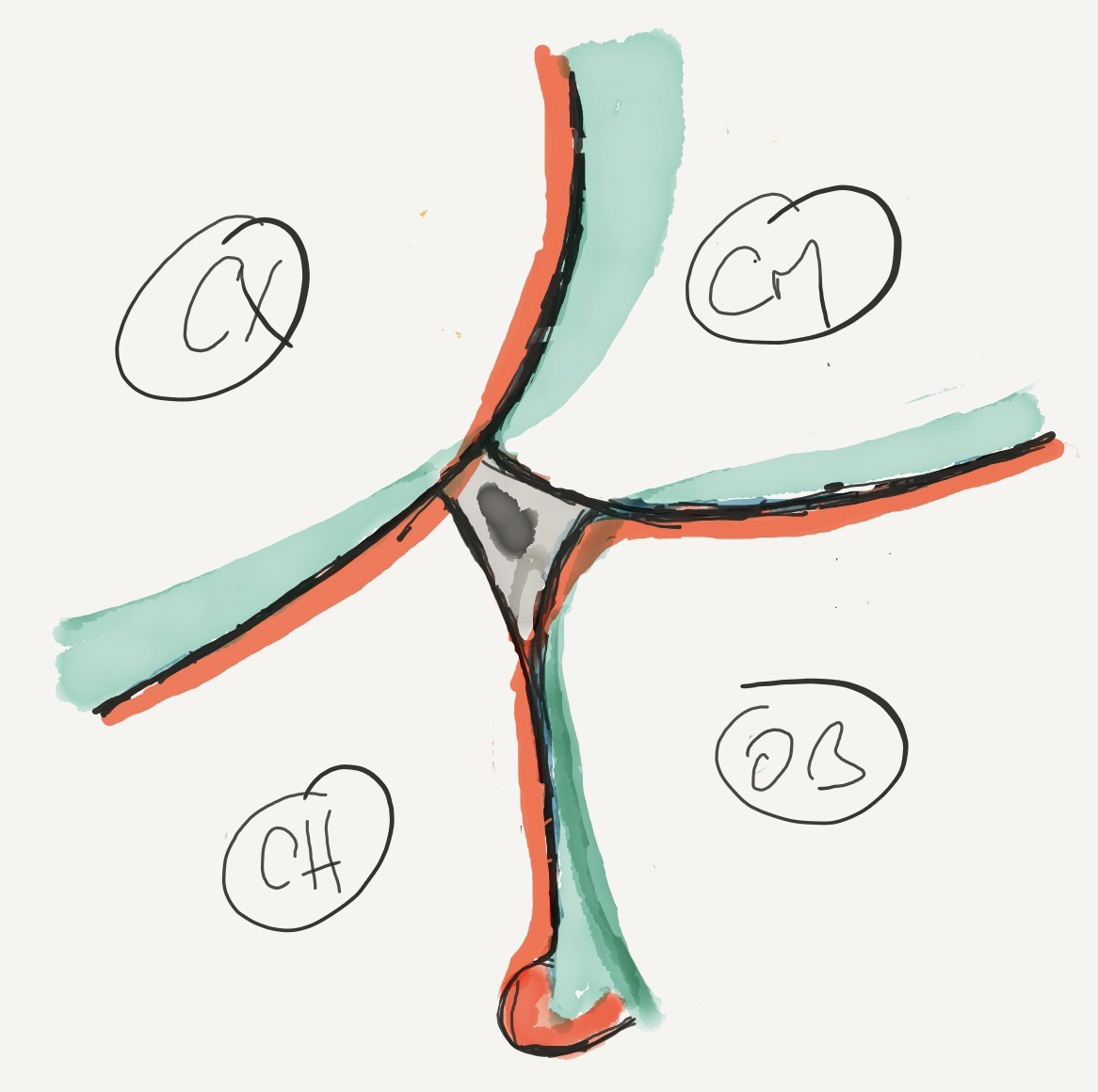Menu

 The Cynefin framework tends to be used in the main to categories situations within the four main domains (and for more advanced use all five). I’ve never had a problem with that but the dynamics are as important as the domains and they are too often neglected. A concerned effort over the last year in presentations and teaching has resulted in a higher utilisation so it’s time to move on the develop the boundary zones. I should make it clear that this is an additional layer to Cynefin so it does not need to be used per se. This is not complete and I may switch the representation as i develop it.
The Cynefin framework tends to be used in the main to categories situations within the four main domains (and for more advanced use all five). I’ve never had a problem with that but the dynamics are as important as the domains and they are too often neglected. A concerned effort over the last year in presentations and teaching has resulted in a higher utilisation so it’s time to move on the develop the boundary zones. I should make it clear that this is an additional layer to Cynefin so it does not need to be used per se. This is not complete and I may switch the representation as i develop it.
I’ve called it the liminal version and thought for some time before committing to that. Various disciplines use the idea of the liminal on various ways. So to be clear I am using the word in the sense of its original latin root, namely a threshold state; a sense of being in a state of tension during transition. Cynefin assumes a phase shift between the ontological states of order, complexity and chaos, unlike some people in the field I don’t see it as a spectrum or gradient, but a clear boundary.
The way I am currently drawing it is with a narrow (red) and a broad (green) liminal zone around the boundary. The narrow boundary implies a definitive shift, a commitment which made will be difficult to undo. The broad boundary implies an ability, albeit at a cost, to maintain a threshold state before commitment, more than holding your options open, the idea of liminality here is more fluid in nature. Indeed the broad boundaries could be considered an extension of transitionary disorder, a state of change in which the ontological shift has not yet been made; options implies the change has been done.
So we have a broad zone as things move from complex to complicated. The domain as things emerge from the complex space and start to exhibit linear causality is important. When you make the transition successfully then constraints will provide predictable outcomes, you have linear causality. That is valuable as scalability can be efficient, ordered and robust in nature. But assuming that transition too early is deeply problematic hence holding the threshold state until you are certain. So in the complex domain you do parallel safe-to-fail experiments and as you move over the boundary (a choice) you start linear iteration to check you have it right. But you need to be ready to reverse with either minor variation.
The same applies in reverse moving out of complicated into obvious. That shift is a major commitment to robustness and an assumption that failure is implausible, you can afford the energy expenditure required for rigid order and predictability. So you hold for a long period of time before you make the final abrupt transition. If you go too soon then the switch to chaotic failure, induced by complacency and an inability to detect the weak signals of legitimate deviancy results in catastrophic failure.
Finally relaxing constraints for innovation (complex to chaotic) is risky and needs containment and more energy that the more experimental emergence possible within complexity. You may need to do it, but once you make the decision you are committed.
Linking this more with disorder is key so expect new versions over the next week or so.
Cognitive Edge Ltd. & Cognitive Edge Pte. trading as The Cynefin Company and The Cynefin Centre.
© COPYRIGHT 2024

I’ve been teaching a masterclass her in India to a mixed group and took the ...
A recent post by Sonja caused some reaction in social media and I promised to ...